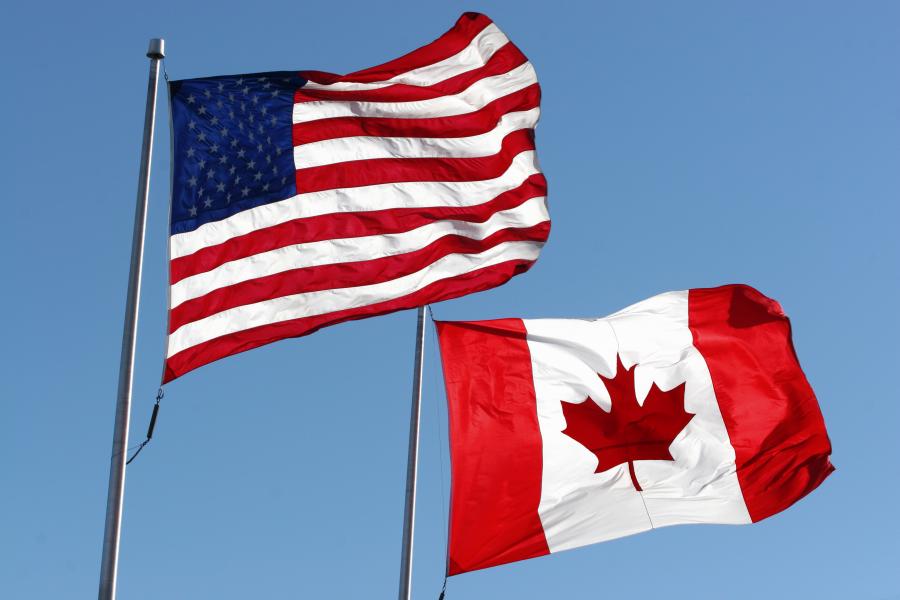 Reading Time: 2 minutes
Reading Time: 2 minutes
Canada is the largest overseas market for US consumer goods with exports reaching $16 billion in 2018. The population of Canada is approximately 37 million and 90 percent of Canadians live within 100 miles of the U.S border. Canada offers a decent Logistics network for delivering products to their destination.The top US export categories are fruits and vegetables, prepared foods, snack foods and alcoholic beverages.
As the culture and lifestyle is quite similar in both countries coupled with the same language, we see a high awareness of US brands and similar culinary tastes. Duty free access to some products is another advantage. Retail category buyers from the larger supermarket chains in Canada and other vendors may use brokers or distributors to get the products delivered in Canada.
The economies of both the countries are highly integrated and trade has flourished because of the US-Canada free trade agreement of 1988 and the NAFTA of 1994. At times small Canadian businesses can expect fierce competition from US counterparts for prices and market capitalization.
The Auto industry takes a significant chunk of trade as coordinated production on both sides of the border has brought economies of scale and raised living standards for employees in both countries. Canada being the world’s fifth largest petroleum producer exports its oil and natural gas to the United States so the bilateral nature of trade has been a common feature for the past couple of decades. Interestingly China has been stepping up it’s trade with the US and Canada as well and now China is Canada’s second largest trading partner yet the geographical proximity of US to Canada is undisputed and both countries are concerned about loss of manufacturing jobs to China and other developing nations.
Trade in the service industry is also rising rapidly and Canada is now the second largest consumer of US services and Canadians spend more than 50% of their tourist dollars in travel and tourism to the US. The US is the second largest investor in Canada and the Ambassador bridge that connects Canada with the United States through Windsor, Ontario is the largest trade link in the world with more than 7000 trucks crossing daily and carrying goods worth more than $122 billion per year.
The elimination of some tariffs and reduction of non tariff barriers have contributed to the process of specialization so that each country can produce goods it enjoys division of labour and economies of scale so the intra firm trade also contributes to 45% of the trade between both countries as many US companies have offices and production centers or display centers in Canada as well. The Canadian government injects more money into the trade system with stimulus packages so that trade kicks in which benefits the Canadian economy and Canadian people to reduce balance of payments deficit along with tax breaks to Canadian entrepreneurs.
Written and researched by Ali Shahrukh